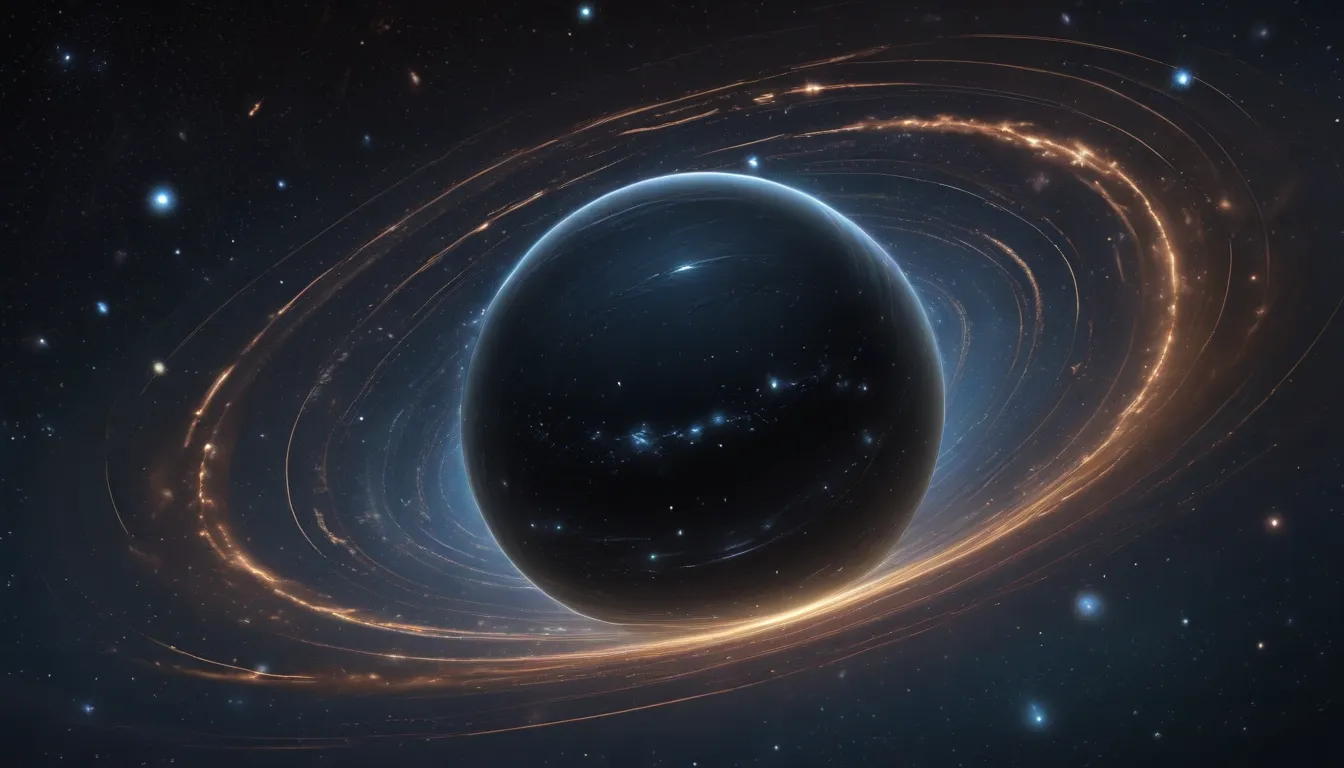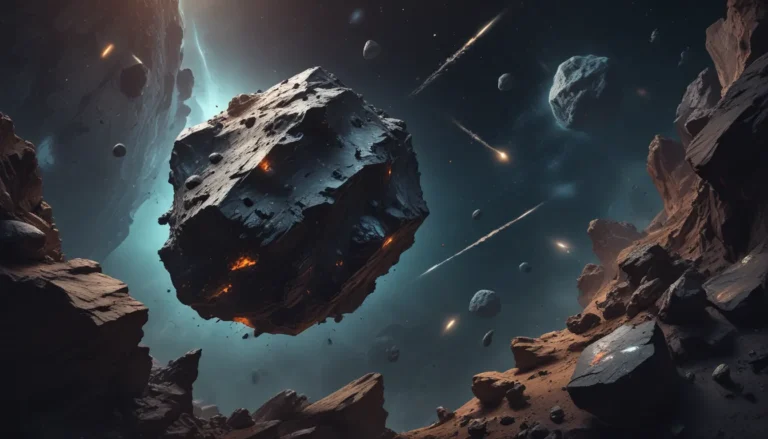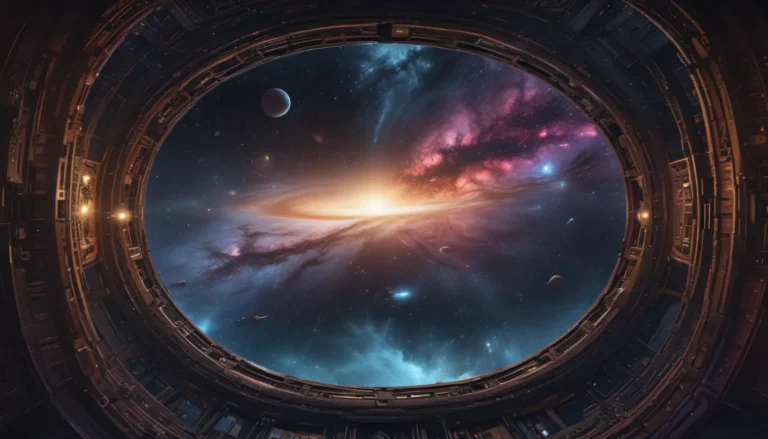The pictures we use in our articles might not show exactly what the words say. We choose these pictures to make you interested in reading more. The pictures work together with the words but don’t take their place. The words still tell you the important facts.
Do you ever wonder about the captivating phenomenon of gravitational lensing that opens up a whole new dimension in our exploration of the cosmos? From distorting light paths to revealing hidden objects, gravitational lensing is a mind-blowing aspect of the universe that continues to intrigue scientists and space enthusiasts alike. In this article, we will uncover nine astonishing facts about gravitational lensing that will leave you in awe of the cosmic wonders that surround us. So, get ready to embark on a journey through the fascinating realm of gravitational lensing and discover the secrets it holds!
Unveiling the Phenomenon of Gravitational Lensing:
Gravitational lensing, a concept predicted by Einstein's theory of general relativity, occurs when the path of light from a distant object is bent by the gravitational field of a massive object, such as a galaxy or a black hole. This bending of light creates mesmerizing visual effects that allow us to explore the depths of the cosmos in ways we never thought possible.
The Science Behind Gravitational Lensing:
The concept of gravitational lensing was first proposed by Albert Einstein in 1912 as a consequence of his theory of general relativity. According to this theory, massive objects can bend the fabric of spacetime, causing light to follow a curved path as it passes near the object. This bending of light creates a lens-like effect, magnifying and distorting the appearance of distant objects.
The Diverse Effects of Gravitational Lensing:
-
Multiple Images of a Single Source: In cases where the gravitational field is strong, multiple images of the same source can be observed. This phenomenon creates arcs, rings, or complete Einstein rings, providing unique perspectives on distant objects.
-
Mapping Dark Matter: By studying the subtle distortions caused by weak gravitational lensing, scientists can indirectly map the distribution of dark matter in the universe, shedding light on this mysterious component.
-
Brightness Amplification: Gravitational lensing can amplify the brightness of distant objects, allowing astronomers to study faint and distant phenomena that would otherwise be beyond detection.
Uncovering Remarkable Discoveries Through Gravitational Lensing:
Einstein’s Cross and Exoplanet Confirmations:
-
Einstein's Cross: A rare example of gravitational lensing, Einstein's Cross consists of four separate images of a single quasar, located billions of light-years away. This phenomenon showcases the incredible power of gravitational lensing in shaping our observations of the cosmos.
-
Exoplanet Discoveries: Gravitational lensing has been instrumental in confirming the existence of exoplanets by detecting subtle variations in brightness caused by microlensing. This technique offers valuable insights into planetary systems beyond our solar system.
Cosmic Telescope and Galaxies’ Distorted Shapes:
-
Cosmic Telescope: The gravitational lensing effect created by galaxy clusters acts as a natural telescope, enabling astronomers to observe distant and ancient objects that would otherwise be invisible. This opens up new possibilities in our exploration of the universe.
-
Galaxies' Distortion: When light from distant galaxies passes through a gravitational lens, the galaxies' shapes can be distorted or elongated. This gravitational shear provides crucial information about dark matter distribution and large-scale structure formation in the universe.
Examining Gravitational Lensing’s Impact on Universe Expansion:
By studying the time delays between lensed images of distant supernovae, scientists have estimated the Hubble constant through gravitational lensing. This provides a unique method for measuring the universe's expansion rate, offering valuable insights into cosmological parameters.
Delving Deeper into Gravitational Lensing:
Gravitational lensing continues to amaze astronomers, offering unparalleled views of cosmic phenomena. Exploring unbelievable facts, surprising insights, and enigmatic details about photometry can expand your understanding of the universe's hidden wonders. Join us on this extraordinary journey as we delve deeper into the mind-bending truths about the universe through the lens of gravity.
Was this Page Helpful?
Our commitment to delivering trustworthy and engaging content is reflected in each fact contributed by real users like you. With a dedicated team of editors ensuring accuracy and reliability, we invite you to explore and learn with us, trusting in our commitment to quality and authenticity.






